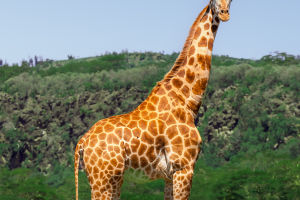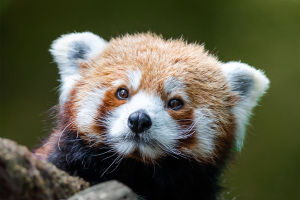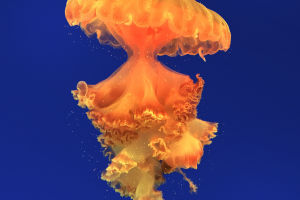The polar bear is recognized worldwide as the most representative animal of the Arctic region.
It is the largest land-based carnivore in existence and is at the top of the food chain in the space it lives in. A healthy polar bear will have extremely thick fat and fur to survive the extreme cold of the Arctic climate. The white exterior of these bears is good protection against predators in the snow.
However, due to global warming, reduced sea ice, human hunting, habitat destruction, and pollution from human industrial emissions, polar bear populations have declined severely over the decades. Many scientists and conservationists fear that polar bears may become extinct in the 21st century.
Based on observational statistics, captive polar bears are rarely overweight or exceptionally large. This may be due to the warm environment of most zoos.
Polar bears are a genus of bears in the family Ursidae, and there is consensus among scientists that polar bears evolved from brown bears. However, the timing of the evolution is subject to debate.
Most have previously concluded that the polar bear is the most modern bear, having evolved about 150,000 years ago. But new DNA technology has led some scientists to believe that it evolved about 600,000 years ago.
Some scientists also believe that polar bears are not genetically diverse enough from region to region. Their lack of genetic diversity, coupled with the climate change crisis, could lead to their total extinction.
Despite their large size, polar bears are quite agile and can run at speeds of up to 40 km/h. Because they need to hunt on different layers of sea ice, islands, or between lakes, polar bears are also good swimmers, able to swim at speeds of up to 10 km/h for about 90 km a day.
They swim with their front two paws like oars, rolling through the water. Due to global warming, sea ice is fading in all seas, and polar bears sometimes need to swim for days without food to find seals on the sea ice, consuming a lot of energy. Although they are good at swimming long distances, they will not survive the lack of sea ice and will still drown.
Polar bears that are good hunters, especially large males, will sometimes eat the fatty layers of their prey and then abandon the rest, which becomes a food source for other young or old males, females, and cubs.
The remainder of the polar bear's diet, especially during the harsh Arctic winter, is a source of food for other Arctic animals, such as the Arctic fox. Scientists have observed that large adult polar bears are sometimes followed by a snow-white Arctic fox.
In addition, polar bears will eat almost anything they can find or hunt, such as stranded dead whales, shellfish, or crabs on the shore, and even the occasional Arctic beluga whale that needs to survive in the vast sea ice in the winter by using a ventilating hole.
Since polar bears have evolved over hundreds of thousands of years as carnivores adapted to the cold zone, the only area on Earth where they can adapt is probably the frigid Antarctic Circle, in addition to the Arctic.
However, many scientists and polar bear conservationists do not favor the anthropogenic translocation of polar bears to the Antarctic Circle because it would have a devastating impact on the existing biological systems of the Antarctic Circle.


